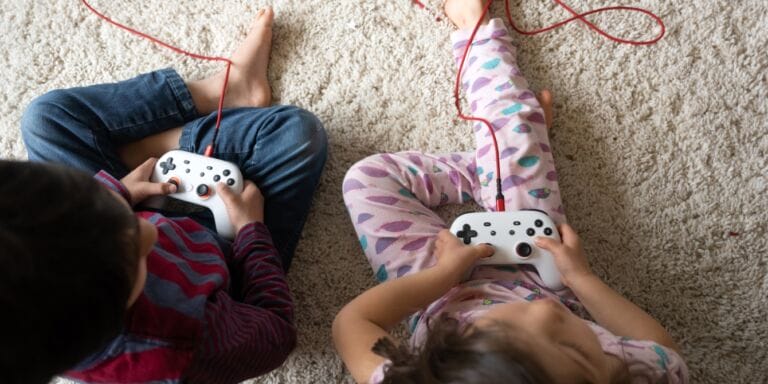It’s science: The powerful health benefits of gratitude for parents

Instead of feeling burdened, what if we choose to be grateful for all we have to do? We get to shop. We get to wrap. We get to decorate.
In a culture full of consumerism and competition, it can be difficult to remember to feel grateful and not stressed when preparing the “perfect” holidays for our kids. After all, we create the magic. But how often do we stop to think about what is really good in our lives? Probably not often, mama. Days are spent worrying about what we have to do next, what we haven’t done yet, what we did do, but not well—especially during the holidays.
This stress can make us tense and anxious. Our bodies think we are in flight or flight and our nervous system kicks into overdrive, releasing adrenaline and cortisol to ensure we can deal with this stress. Adrenaline increases our heart rate, elevates our blood pressure and boosts our energy and cortisol, the stress hormone, increases blood sugar and enhances our brain’s use of all that energy. This response is all well and good if we are really in danger, but too much for too long can weaken our immune system, affect our digestive system and weight, impair our reproductive systems, and may lead to heart problems.
This natural alarm system also communicates with the parts of our brain that control mood and motivation—a sure formula for no fun when combined with the pressure of creating the perfect holidays.
Motherly's Digital Classes
Instead of feeling burdened, what if we choose to be grateful for all we have to do? We get to shop. We get to wrap. We get to decorate.
Psychologists say that we can switch or replace one thought with another. It takes practice—like all good things do—but taking a moment to switch from “I have to” to “I get to” can make all the difference.
Research at UCLA’s Mindfulness Awareness Research Center found that having an attitude of gratitude can actually alter the molecular structure of our brain, making us healthier and happier. And the effects of practicing gratitude are long-lasting. In a study out of University of California, Berkeley, nearly 300 adults participated in an experiment that involved writing gratitude letters and reported significantly better mental health for up to 12 weeks after the writing exercise ended.
Need more reason to practice a little more gratitude? A study at the University of Southern California found that our brain is full of the love hormone, oxytocin, when we experience gratitude, which may account for those positive effects of being thankful has on our relationships, well-being and mental health. Bonus: The beneficial effects are likely to be amplified with more gratitude, producing a positive feedback loop that serves to create more gratitude.
Bottom line: By switching our perspective from “I have to” to “I get to,” we can change our perception and affect positive changes in our lives. What a great thing to model for our littles during the holidays—and always.
A version of this post was published December 6, 2019. It has been updated.



































